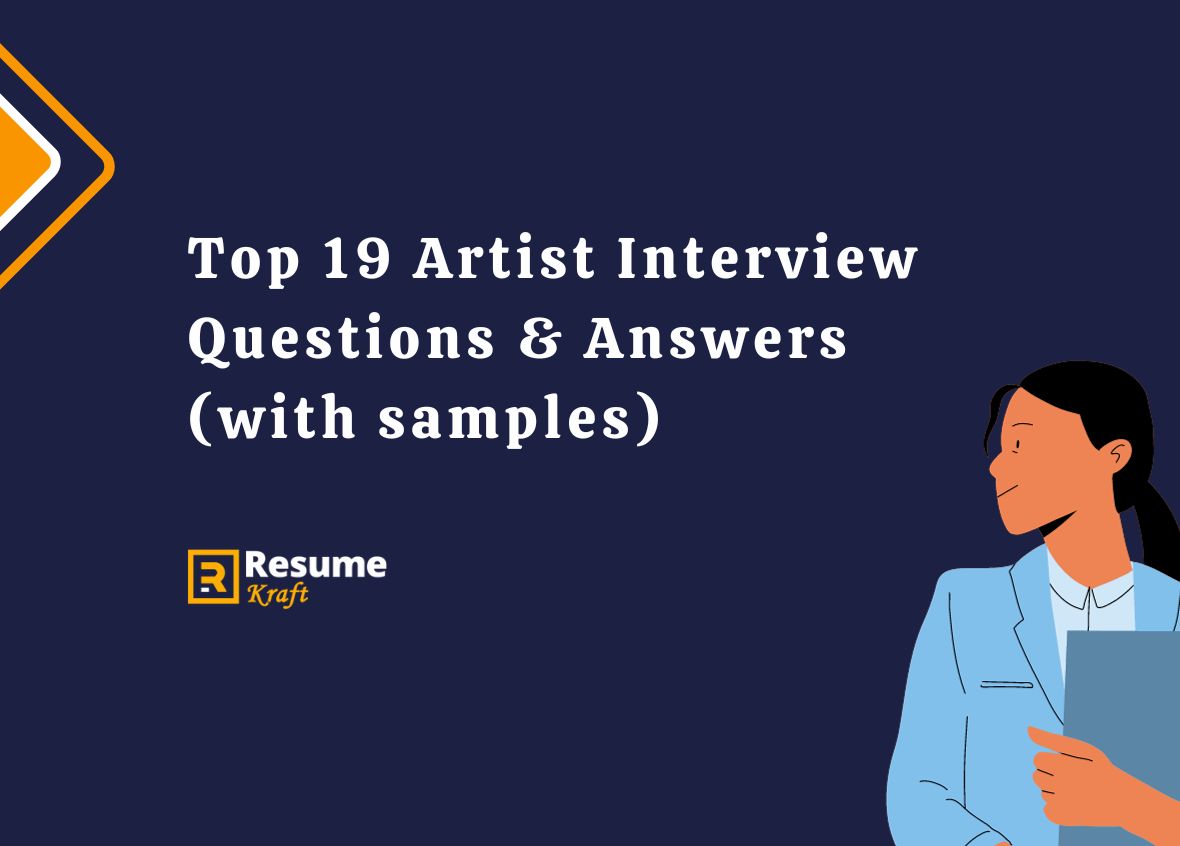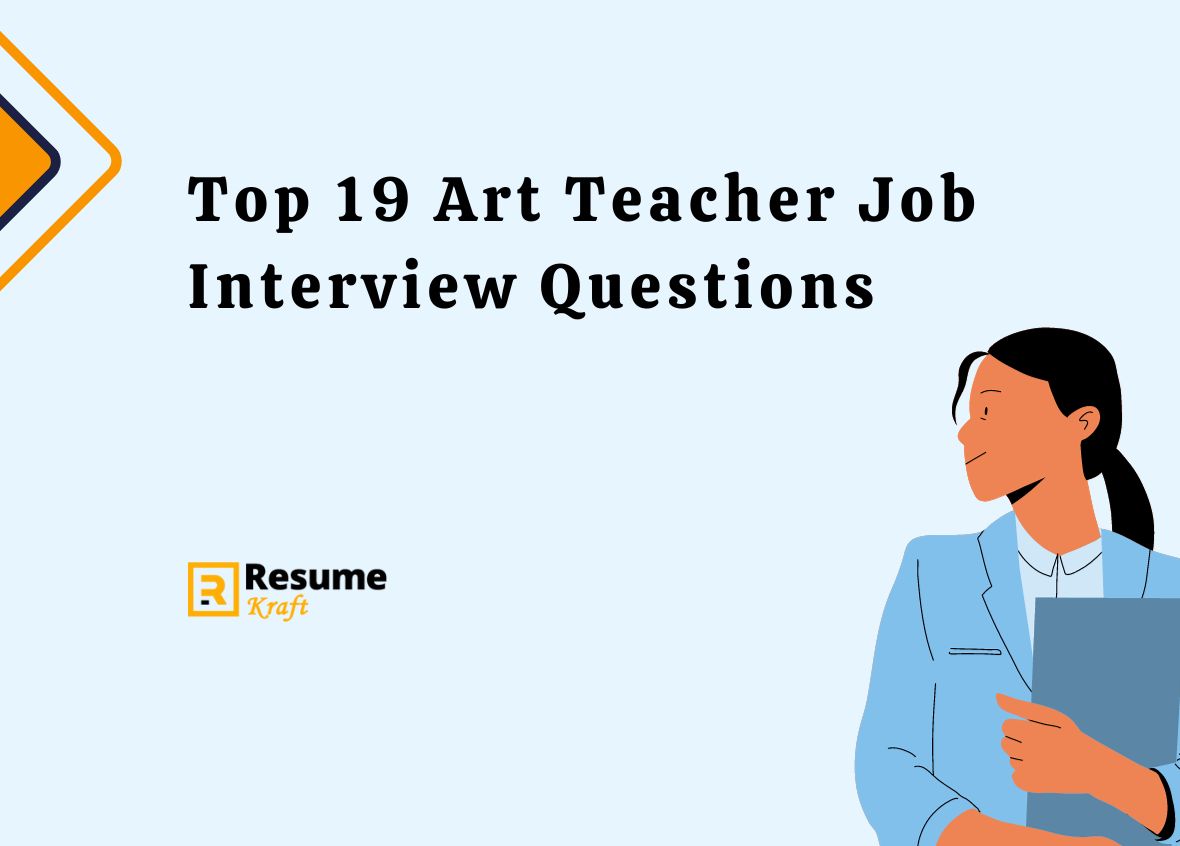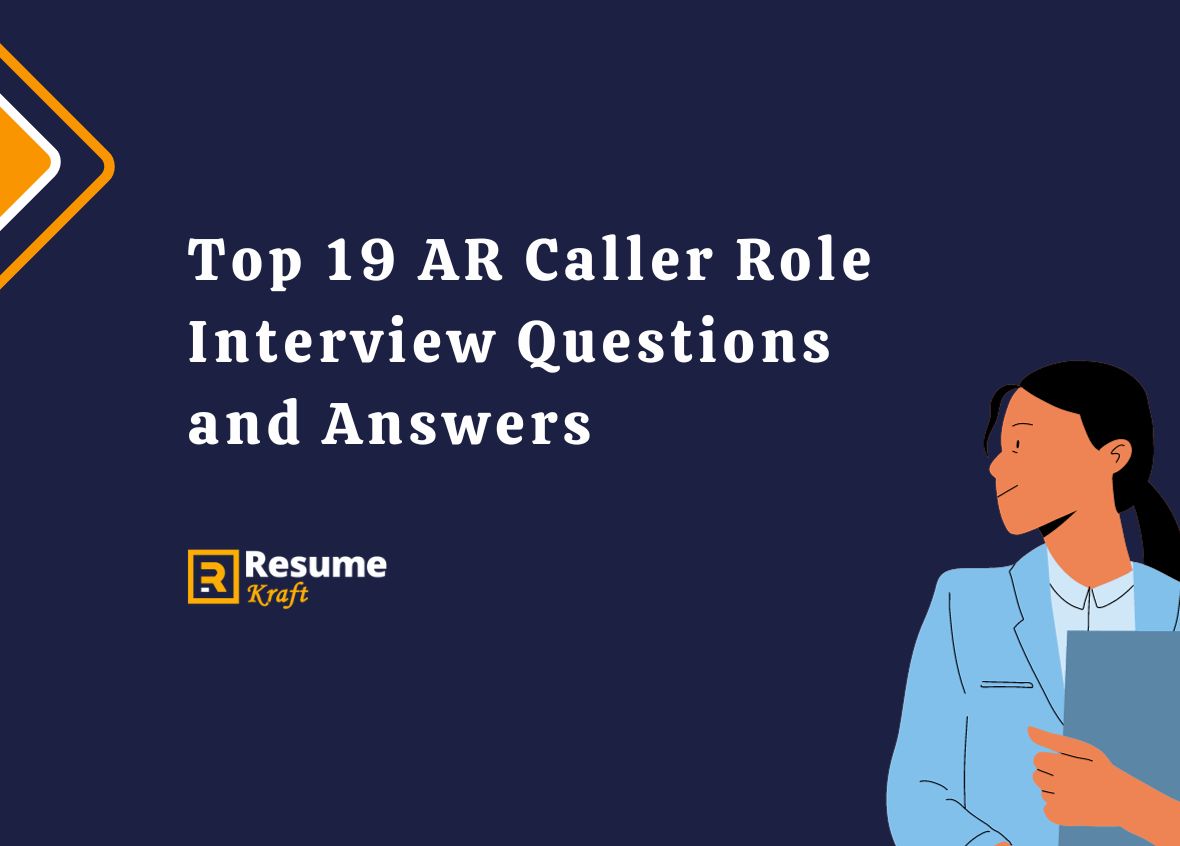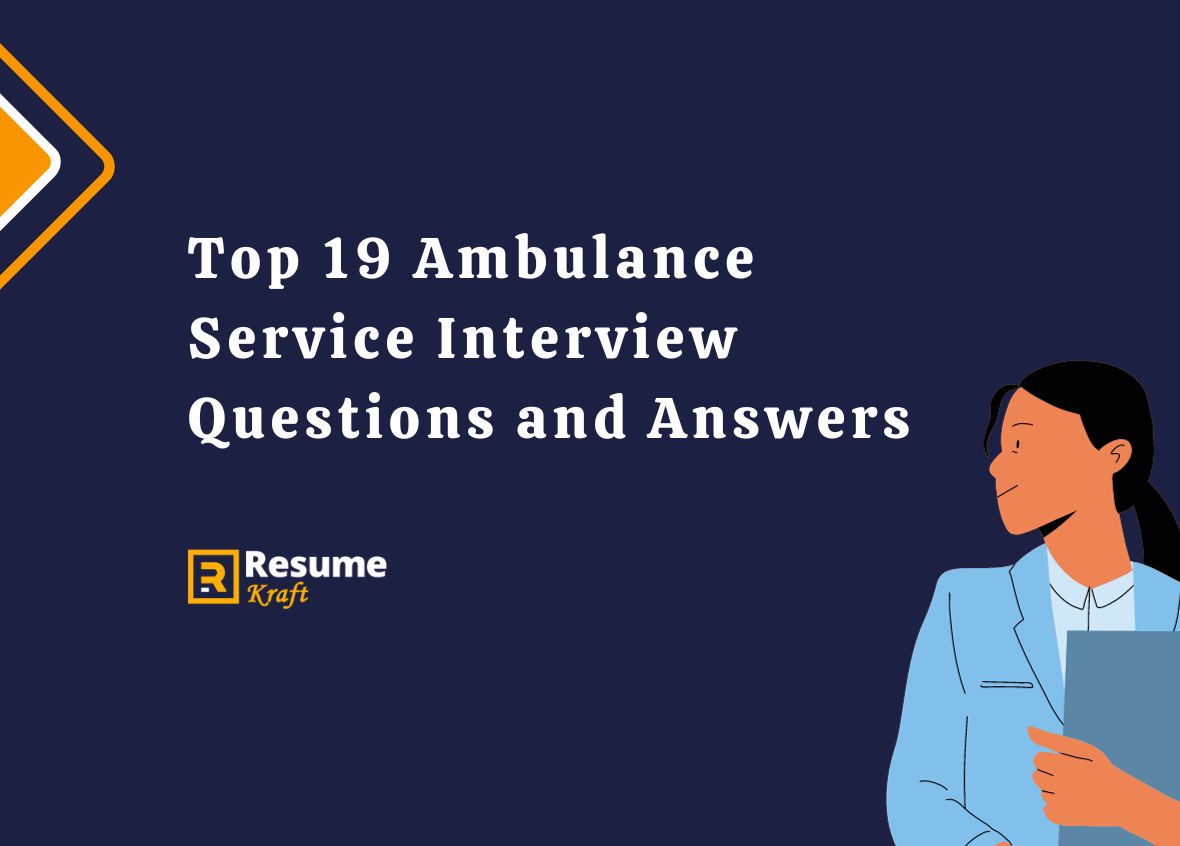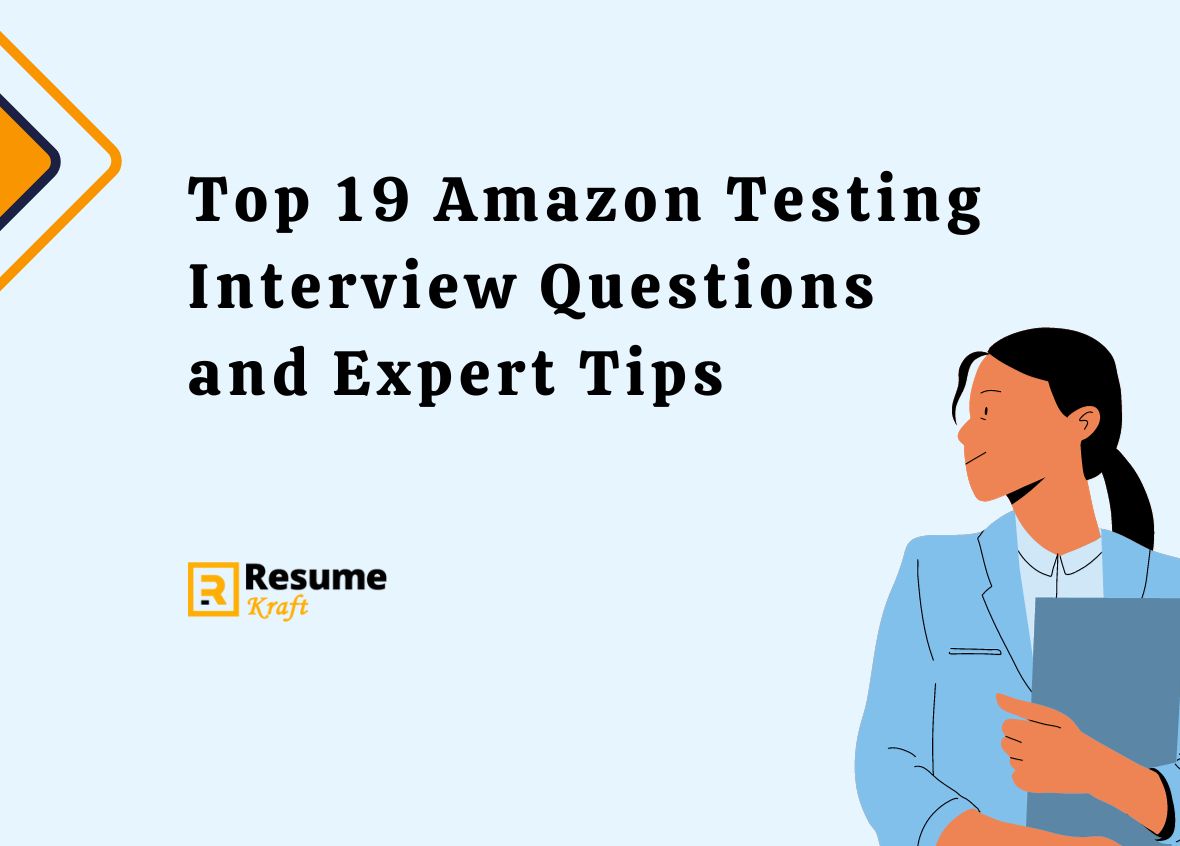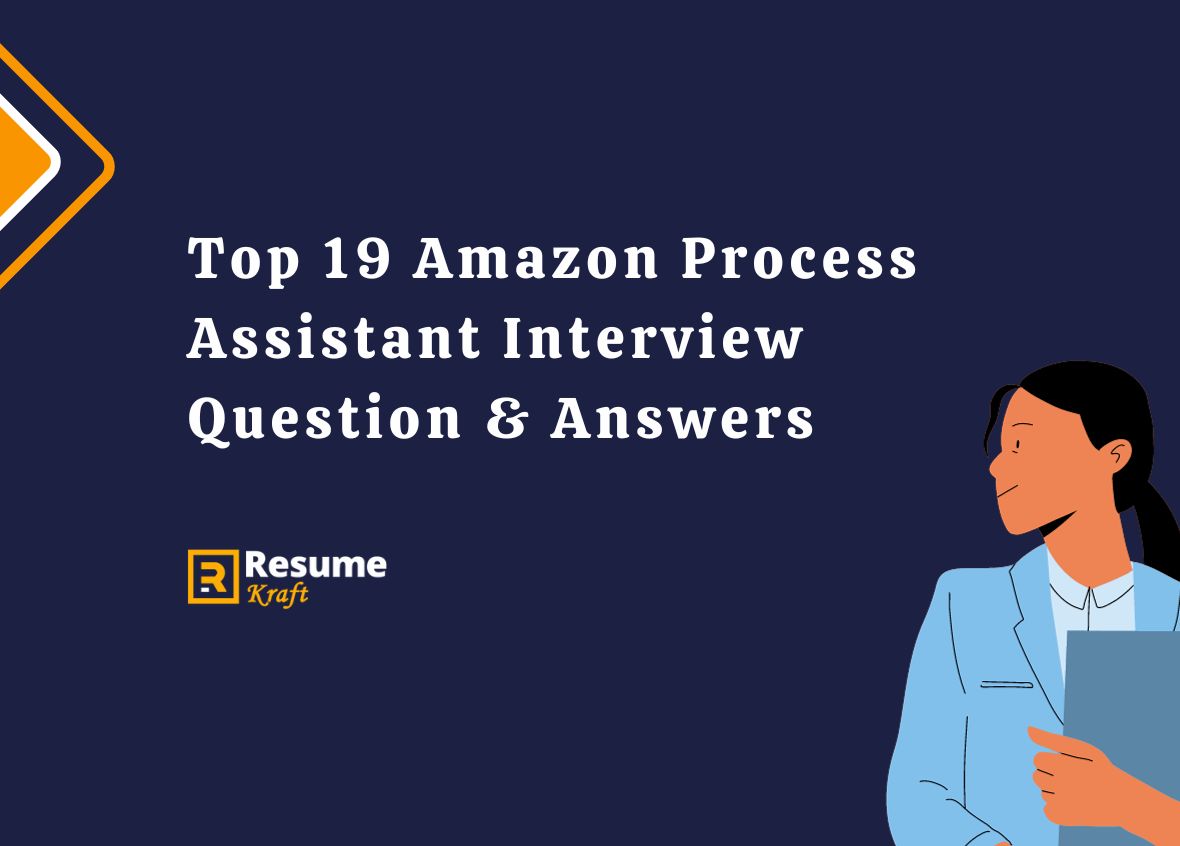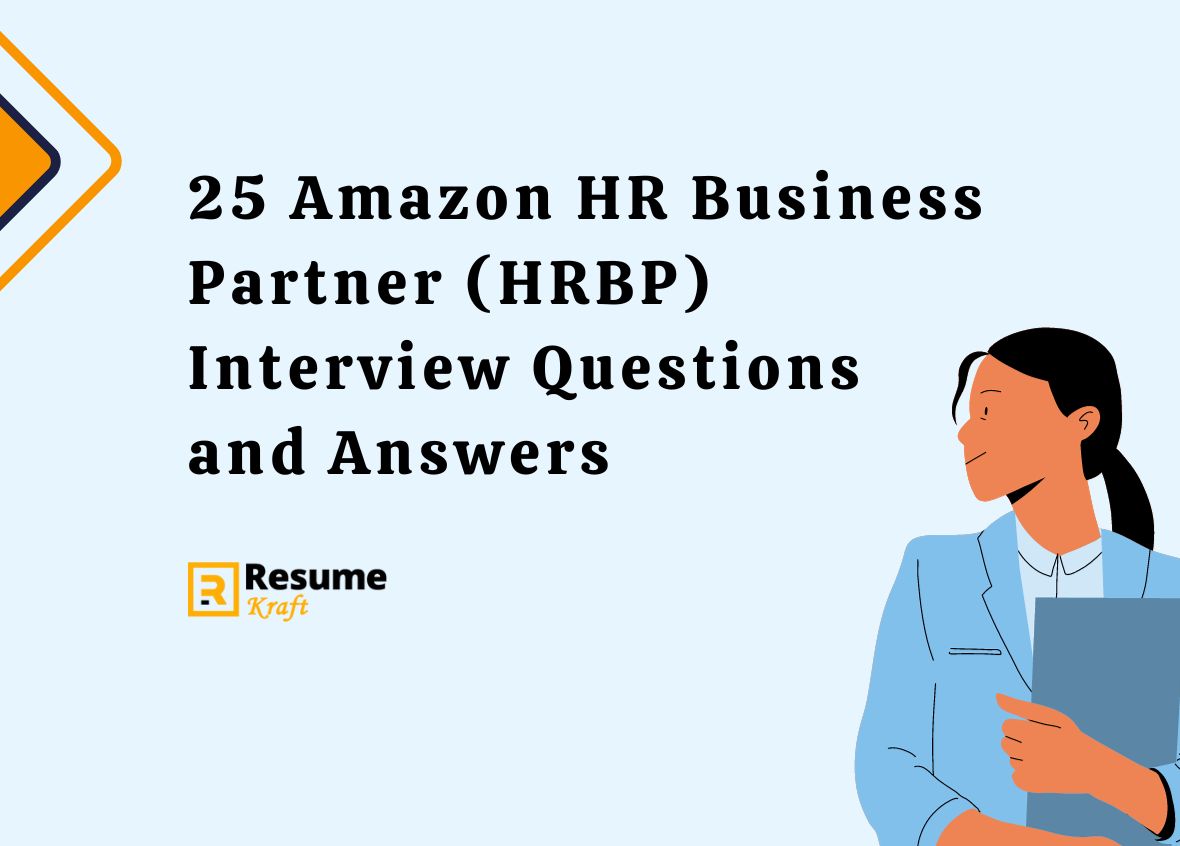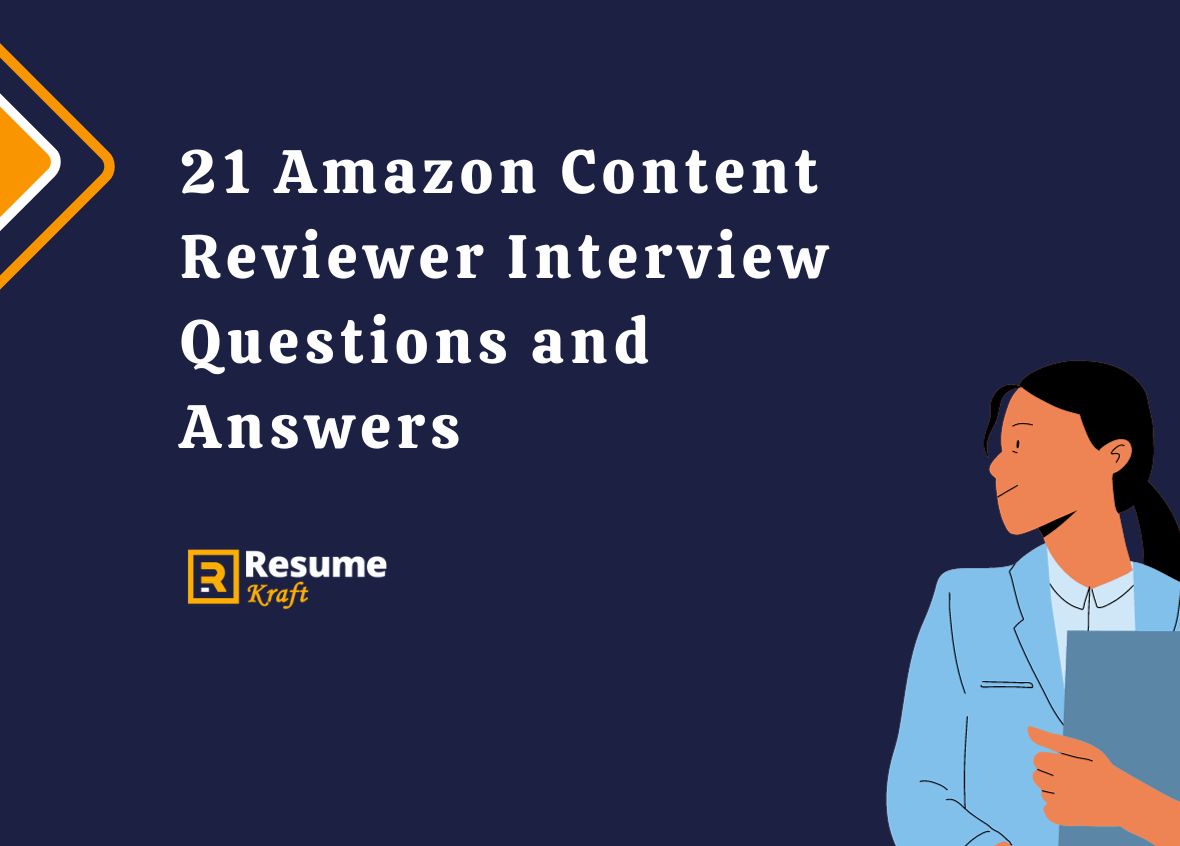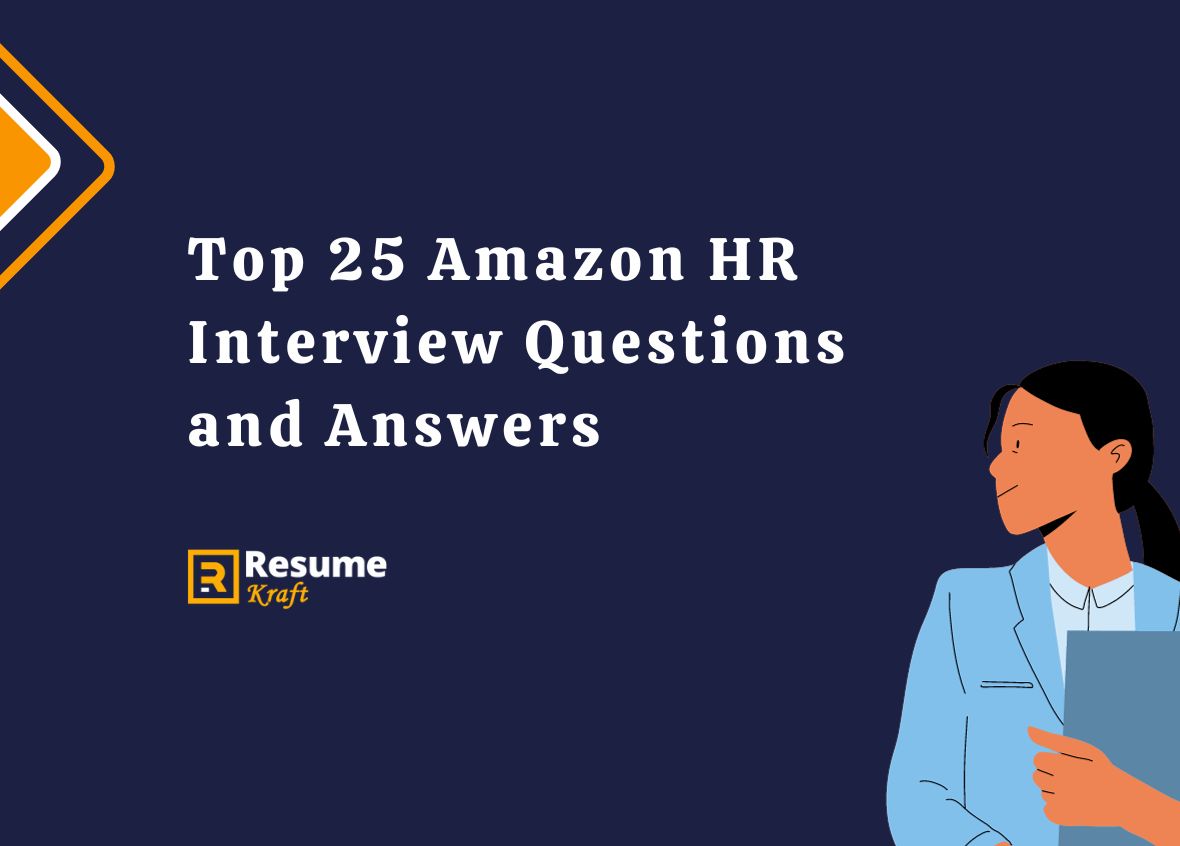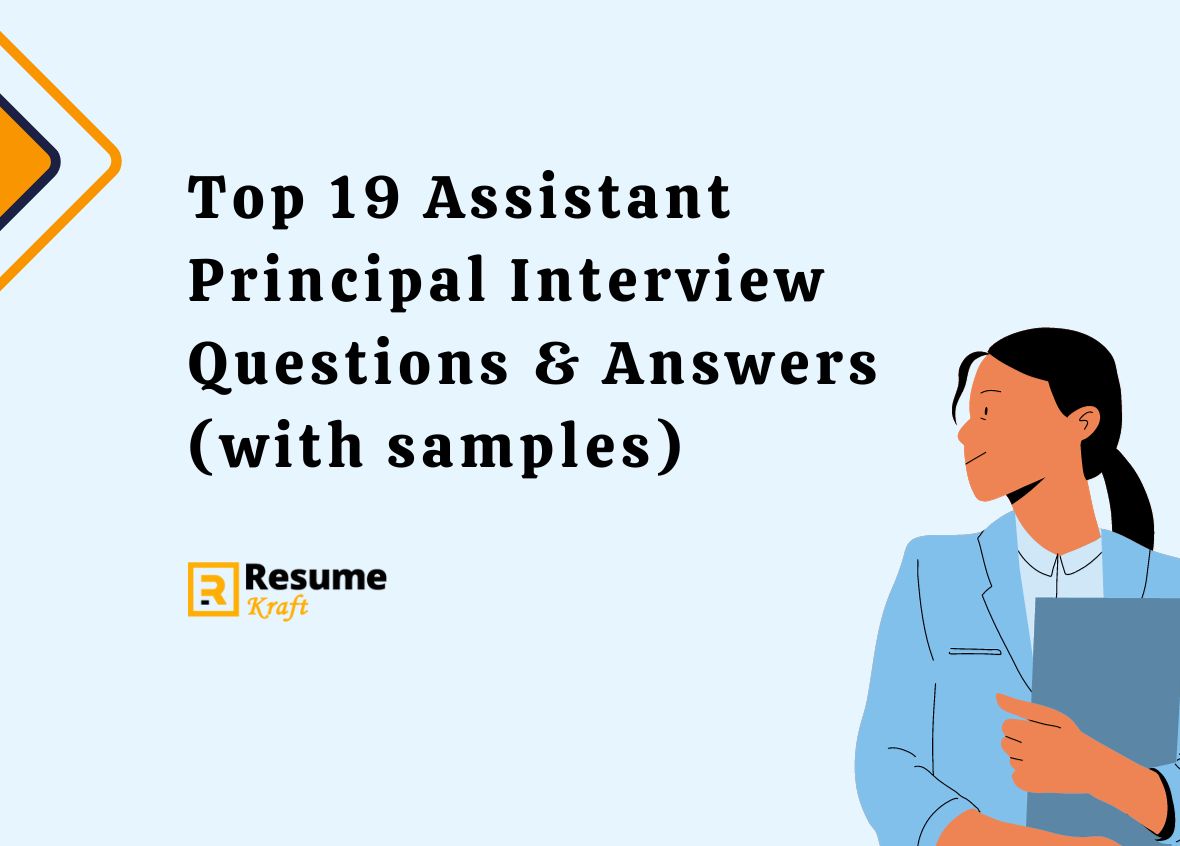
Top 19 Assistant Principal Interview Questions & Answers (with samples)
So you’ve scaled the ranks of teaching and you’re now eyeing that coveted assistant principal position, a role that offers more responsibility and the opportunity to make a greater impact. But standing between you and that role is the ever-important, potentially nerve-wracking interview. Knowing the right answers to possible interview questions can make all the difference. In this article, we will guide you through a carefully curated list of top interview questions for an assistant principal role.
To provide some perspective, the assistant principal is not just a disciplinarian but a leader, a mentor, and a key cog in the administrative machinery that keeps a school running smoothly. This guide aims to equip you with insightful answers to interview questions that explore both your managerial and educational philosophies. Now, let’s set the stage for your successful interview preparation.
- Top 19 Assistant Principal Interview Questions and Answers (with samples)
- Small Intro
- 1. Describe your Leadership Style
- 2. How do you handle Discipline in School?
- 3. Explain your Philosophy on Educational Inclusion
- 4. What is your Approach to Teacher Evaluation?
- 5. How do you handle Conflicts between Students and Teachers?
- 6. How do you Promote Professional Development Among Staff?
- 7. What Strategies do you Use for Parental Involvement?
- 8. How do you Approach Budget Management?
- 9. How do you Foster School Spirit and Culture?
- 10. What Role does Technology Play in your Administrative Duties?
- 11. How do you Handle Stressful Situations?
- 12. Describe your Communication Style
- 13. How do you Approach Decision-making?
- 14. What is your Experience with Curriculum Development?
- 15. What is your Approach to Team Building?
- 16. How do you Ensure Ethical Conduct in School?
- 17. How do you Balance Administrative and Educational Responsibilities?
- 18. What is your Experience with Community Outreach?
- 19. Why Should We Hire You?
- Conclusion
Top 19 Assistant Principal Interview Questions and Answers (with samples)
Small Intro
Interviews are rarely easy, but when it comes to administrative roles in education, the challenge ramps up a notch. The questions you’ll face will delve into various aspects of leadership, curriculum development, staff relations, and student engagement. Here, we provide a roadmap of questions you can expect and thoughtful answers to help you prepare.
1. Describe your Leadership Style
Understanding your leadership style can offer the interview panel insights into how you would manage your team and the student body.
Sample Answer
“My leadership style is a blend of democratic and transformational approaches. I believe in involving teachers and staff in decision-making processes to ensure their buy-in and collaboration. I also strive to inspire them to achieve more than they think possible by setting high but attainable expectations.”
2. How do you handle Discipline in School?
Discipline is a cornerstone of a well-functioning educational institution. Your approach to discipline reveals how you maintain a conducive environment for both teachers and students.
Sample Answer
“I believe in a proactive approach to discipline, focusing on creating an inclusive school culture. Consistent rules and fairness are key. When disciplinary action is required, I ensure it is an educational experience for the student, so they understand not just the consequence, but the rationale behind it.”
Build your resume in just 5 minutes with AI.
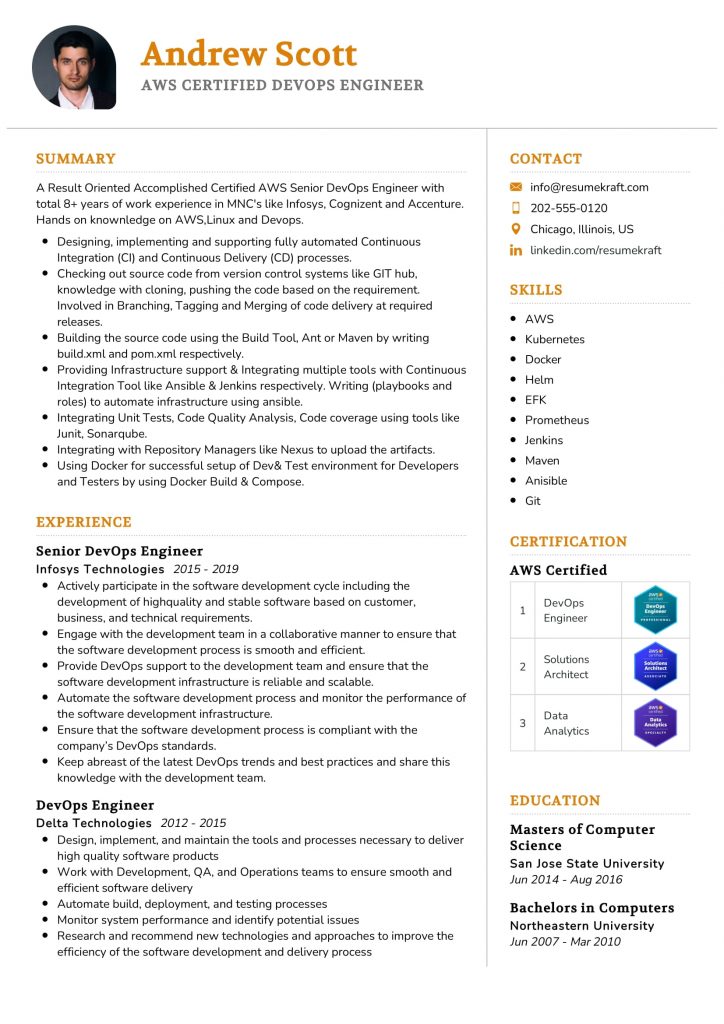
3. Explain your Philosophy on Educational Inclusion
Educational inclusion is a hot-button topic in today’s schools. Your perspective on it can show your dedication to equality in education.
Sample Answer
“Educational inclusion is non-negotiable in the 21st century. Every child, irrespective of their background or abilities, deserves quality education. My philosophy includes creating diverse classroom experiences, facilitating teacher training on inclusion methods, and maintaining open lines of communication with special education coordinators.”
4. What is your Approach to Teacher Evaluation?
Teacher evaluation is an essential aspect of school administration. Your approach to it will signify how you intend to help teachers grow professionally.
Sample Answer
“Teacher evaluations in my view are not merely assessment tools but opportunities for growth. I focus on constructive feedback, identifying strengths and areas for improvement. Following up with resources and regular check-ins ensures that the evaluation is a starting point for professional development, rather than an end.”
5. How do you handle Conflicts between Students and Teachers?
Conflict management is part and parcel of an assistant principal’s role. Your answer will demonstrate your problem-solving and interpersonal skills.
Sample Answer
“Conflicts between students and teachers are delicate situations that require impartiality and diplomacy. My approach involves hearing both sides separately before any joint discussions. The goal is not just to resolve the issue at hand but to foster mutual respect and better understanding between parties involved.”
6. How do you Promote Professional Development Among Staff?
Professional development is a continuous need in educational settings. Your commitment to staff growth can show how you will inspire excellence in your team.
Sample Answer
“I’m a strong advocate for professional development. I keep track of workshops, online courses, and seminars that could benefit the staff and share these opportunities regularly. I also encourage peer-to-peer learning and even allocate time during staff meetings for knowledge exchange.”
7. What Strategies do you Use for Parental Involvement?
Parental involvement is a key factor in a child’s success at school. Your strategy for engaging parents indicates how well you understand the need for a home-school connection.
Sample Answer
“Parental involvement is crucial for a child’s overall development. I believe in regular communication through newsletters, social media, and parent-teacher conferences. Hosting informational sessions on curriculum or parenting topics can also be beneficial. It creates a collaborative environment between the school and home.”
8. How do you Approach Budget Management?
Managing a school budget is a huge responsibility and indicates your capability to allocate resources efficiently.
Sample Answer
“Budget management in a school setting requires both foresight and adaptability. Prioritization is key. Academic needs, followed by extracurricular and administrative costs, are my main focus areas. I also set aside a contingency fund for emergencies and unforeseen needs.”
9. How do you Foster School Spirit and Culture?
The school’s culture is often a reflection of its leadership. Your approach to fostering school spirit shows your vision for the institution.
Sample Answer
“Fostering school spirit goes beyond pep rallies and sports events. It involves creating a culture of mutual respect, inclusivity, and academic excellence. Regularly celebrating small wins, whether in academics or extracurricular activities, helps to create a positive environment. I also encourage student-led initiatives to promote ownership and pride.”
10. What Role does Technology Play in your Administrative Duties?
Technology is an enabler in modern education. Your comfort and adaptability with technology are indicators of your preparedness for the role.
Sample Answer
“Technology is a game-changer in school administration. From student management systems to communication platforms, it can streamline operations and make processes more efficient. I am proficient in various educational software and always on the lookout for innovations that can improve our administrative functions.”
11. How do you Handle Stressful Situations?
Handling stress effectively is crucial in a role as demanding as an assistant principal’s. Your coping mechanisms are a topic of interest for the interview panel.
Sample Answer
“Stress is inevitable in a high-stakes role like this. My approach is to remain calm and focused. I prioritize tasks and delegate where possible. Physical exercise and a strong support network help me maintain a work-life balance, allowing me to tackle stress more effectively.”
12. Describe your Communication Style
Effective communication is crucial in any leadership role. Your style of communication can have a significant impact on your team and the school community.
Sample Answer
“My communication style is open, transparent, and empathetic. Whether it’s speaking to staff, students, or parents, I make sure to listen actively and respond thoughtfully. I also believe in proactive communication, keeping all stakeholders informed about school policies, achievements, and challenges.”
13. How do you Approach Decision-making?
Decision-making in a school affects various stakeholders, making it a complex task. Your approach can indicate your suitability for the role.
Sample Answer
“My decision-making process is data-driven and consultative. I gather all necessary information, consult with experts or experienced colleagues, and weigh the pros and cons. Ultimately, the decision aims to serve the best interests of the students and the school community.”
14. What is your Experience with Curriculum Development?
Curriculum development is central to academic success. Your involvement in it can show your dedication to educational excellence.
Sample Answer
“My experience in curriculum development involves working closely with subject matter experts and teachers. I focus on ensuring the curriculum is aligned with state standards, but also leaves room for creativity and critical thinking. Student feedback is another crucial element I consider.”
15. What is your Approach to Team Building?
A cohesive team is crucial for the successful administration of a school. Your team-building approach can indicate your leadership skills.
Sample Answer
“Team building is about recognizing and utilizing the diverse strengths of each team member. I encourage collaborative projects and facilitate open discussions where everyone’s opinions are valued. Periodic team outings and training sessions also add to a sense of unity and common purpose.”
16. How do you Ensure Ethical Conduct in School?
Ethical conduct is the backbone of any educational institution. Your commitment to ethics shows how well you can uphold the integrity of the school.
Sample Answer
“Ensuring ethical conduct starts with setting a personal example. I make it a point to adhere to high standards of honesty and integrity in my own role. Additionally, I focus on creating a culture where ethical conduct is valued and rewarded. Regular training sessions and open discussions on ethics serve to educate and remind staff and students alike.”
17. How do you Balance Administrative and Educational Responsibilities?
The assistant principal role is a juggling act between administrative tasks and educational oversight. Your ability to balance both can highlight your multitasking skills.
Sample Answer
“Balancing both realms involves effective time management and delegation. While administrative tasks are unavoidable, I never let them overshadow the educational goals. I allocate specific times for administrative duties and make sure to be present in classrooms, staff meetings, and other educational settings, keeping the focus on student success.”
18. What is your Experience with Community Outreach?
Community involvement can significantly impact a school’s reputation and resources. Your experience with community outreach is a testament to your leadership skills.
Sample Answer
“My experience in community outreach involves partnering with local businesses for sponsorships and organizing community service opportunities for students. I also believe in the power of parent-teacher-community triads, where each plays a vital role in student development. Community engagement is not just a responsibility but an opportunity to enrich our educational environment.”
19. Why Should We Hire You?
This quintessential question provides an opportunity to summarize your strengths and suitability for the assistant principal role.
Sample Answer
“With several years of experience in educational leadership, I bring a blend of strategic vision and practical skills. My track record shows my ability to positively impact student performance, faculty development, and community engagement. I am adaptable, committed, and deeply passionate about creating a nurturing and high-achieving school culture.”
Conclusion
Preparing for an assistant principal interview can feel like an insurmountable challenge, but the right preparation can make all the difference. This comprehensive guide has given you a snapshot of the questions you’re likely to encounter, along with sample answers to help you articulate your own experiences, skills, and philosophies. As you prepare for your interview, remember that the goal is not just to provide the right answers, but to showcase your vision, leadership, and commitment to education.
Finally check our resources like AI Resume Builder, Resume Design, Resume Maker, Resume Samples, Resume Examples, Resume Skills, Resume Help, Resume Synonyms, Career Advice, Interview Questions, and Job Responsibilities to enhance your preparation.

Build your resume in 5 minutes
Our resume builder is easy to use and will help you create a resume that is ATS-friendly and will stand out from the crowd.

